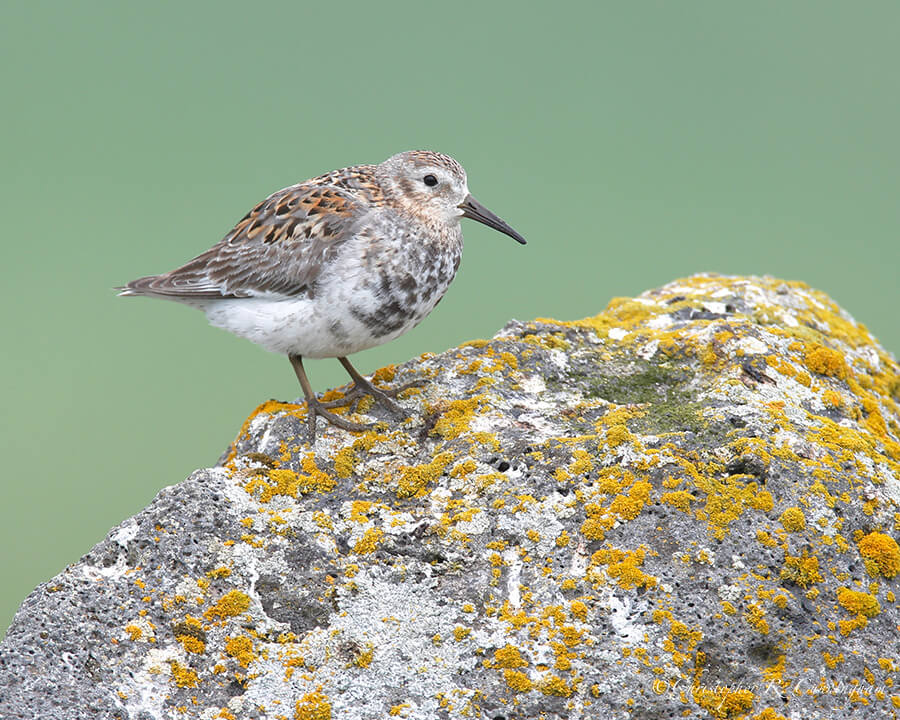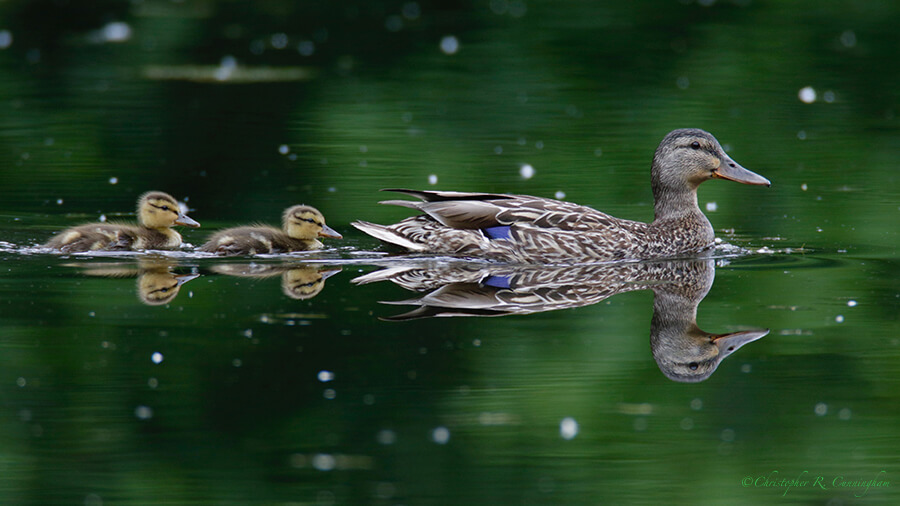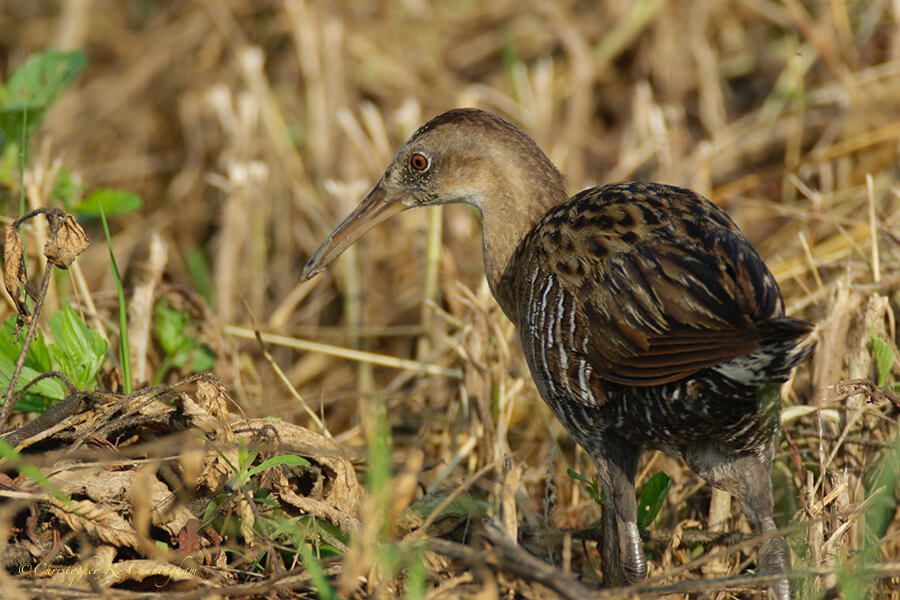Twitchers are only interested in adding to the list of rare birds which they have seen. With their intelligence network, the[y] are ready to set out at the drop of a hat at any time of the day or night to travel large distances for the prospect of seeing a migrant lesser spotted scrub warbler, or whatever . . . .–Julie Fairless, Why are bird watchers called twitchers?

There are apparently many definitions (often tongue-in-cheek and with varying connotations) of twitching. There is even apparent disagreement as to whether the term is originally British or American. Most definitions reference traveling large distances to see rarities. Some twitcher definitions cite birds being blown off course, or otherwise being present well outside their normal ranges. Some reference that the activity is primarily to add to a list–not to seriously study or experience the bird the way a real bird watcher would. In many cases, the term is pejorative. Clearly twitching is many things to many people. There are probably as many definitions as there are birders (or bird watchers or twitchers). My definition: traveling (near or far) to see a bird or behavior (rare or common) that I have not (or rarely) seen before after receiving a tip.

Experience, I think, will dictate whether a birder thinks twitching is worthwhile or not. After all, time, energy, and resources are very limited for most of us. While exciting, is time chasing oddities worth doing when you could be spending time at places that are nearly a sure thing?
On a recent twitch to see a Jabiru Stork in agricultural fields north of Anahuac National Wildlife Refuge, the only bird of note we saw was a King Rail. This episode highlights many of the inherent problems in twitching. On a twitch you’re typically going to a new place. This means you don’t know the direction of the light or the details of the terrain or cover–so you don’t know which lens to have handy or where to park or where the birds are most likely to be. On this trip, I assumed that the Jabiru would be in an open field, probably with standing water, a long away. So I put my 2.0x teleconverter on the 600mm lens on the crop sensor body and had the big rig ready to go behind the seat.
In the general area where the stork had been seen, a line of cars was already parked. After parking, I started walking down the road surveying the fields with my binoculars. Once several hundred yards from our vehicle I came across another birder who pointed out the King Rail no more than three yards away from the side of the road in a drainage ditch! After hustling back to the truck, I drove back, pulled out the handiest (but way too big!) lens, got off a few (miserable) shots before the bird disappeared forever into the brush.
It’s a hard-learned lesson, and one I should have learned a long time ago: Always have a camera with you in the field! Even if it’s hot and schlepping it around is awkward and annoying! Had I brought a second body with a modest and versatile lens (like a 100-400mm zoom), I wouldn’t have been kicking myself for the past week!

©2017 Christopher R. Cunningham. All rights reserved. No text or images may be duplicated or distributed without permission.